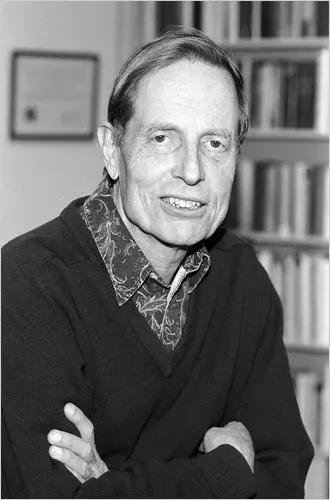Birth of Paul Garabedian (August 2, 1927)

Paul Garabedian was an Armenian American mathematician whose computer computations helped lead to fuel–efficient wings for modern jetliners.
He was born in Cincinnati on August 2, 1927. He was home-schooled by his parents, who both held Harvard graduate degrees. Harvard rejected him when he applied for college in 1943, and he attended Brown University instead. After graduation (1946), he went to Harvard for his master’s (1947) and doctoral studies and completed his Ph.D. in mathematics in 1948 at the age of 21.
After working for seven years at the University of California, Berkeley (1949-1956), and three years at Stanford University (1956-1959), Garabedian joined New York University and remained there for the next 51 years in the division of computational fluid dynamics of the university’s Courant Institute of Mathematical Sciences, becoming its director in 1978. He supervised 27 dissertations from 1953 to 1997. He married and had two daughters.
He was a member of the National Academy of Sciences and the American Academy of Arts and Sciences.
Among many awards, Paul Garabedian received the Birkhoff Prize in Applied Mathematics and the National Academy of Sciences Award in Applied Mathematics and Numerical Analysis. His first book, Partial Differential Equations, was published in 1964 and continues to be used worldwide.
Passenger airplanes fly at speeds approaching the speed of sound. That posed a problem for wing designers, because as the air is whipped around the curved shape of a wing, it briefly accelerates to supersonic speeds. That generates shock waves, essentially small sonic booms that greatly increase air resistance, requiring more fuel to maintain speeds.
In the 1960s and 1970s, aerospace engineers tried to solve the problem of shock waves created by passenger airplanes flying at speeds approaching the speed of sound. Garabedian was one of the first to realize that computer simulations could provide accurate enough approximations, showing that it was possible to design a wing that produced no shock waves at all.
In the late 1970s, he switched his focus from wings to nuclear fusion, looking for magnetic field structures that could better hold and harness hot gases for future power plants. He was still working on that problem as he passed away in New York on May 13, 2010.
